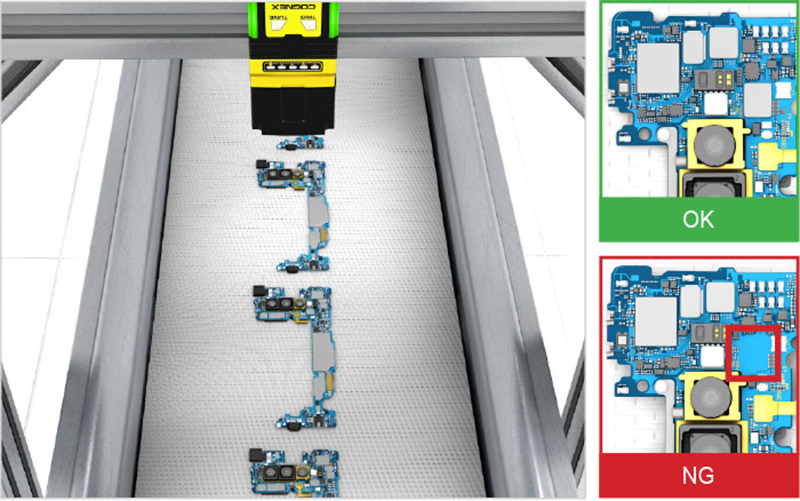In an increasingly interconnected and automated world, the demand for precision and efficiency has never been higher. This is where vision systems step into the spotlight, revolutionizing industries and reshaping our approach to quality control, automation, and beyond. In this blog, we’ll dive into the world of vision systems, exploring their applications, benefits, and the promising future they bring.
What Are Vision Systems?
At its core, a vision system is an advanced technology that enables machines to ‘see’ and interpret their surroundings. These systems rely on a combination of high-resolution cameras, sophisticated image processing software, and artificial intelligence to analyze and make decisions based on visual data.
Components of Vision Systems
- Cameras: At the heart of any vision system are cameras designed for specific applications. These cameras capture images in various wavelengths, resolutions, and frame rates, depending on the system’s purpose.
- Illumination: Proper lighting is critical. Vision systems often employ a range of lighting techniques, including LED arrays, lasers, and backlighting, to ensure clear and uniform images.
- Lenses: Precision lenses are used to focus and magnify the image onto the camera’s sensor. Lens selection is crucial for achieving the desired field of view and depth of field.
- Image Sensors: These are the eyes of the vision system. The most common types are Charge-Coupled Devices (CCDs) and Complementary Metal-Oxide-Semiconductor (CMOS) sensors. CMOS sensors are now more prevalent due to their lower cost and power consumption.

- Processing Unit: The captured images are sent to a processing unit, which can be an embedded system or a powerful computer. This unit houses the algorithms responsible for image analysis.
- Software: Advanced image processing software, often utilizing machine learning and artificial intelligence, interprets the images, identifying objects, defects, or patterns.
How Vision Systems Work

- Image Capture: The camera captures images of the object or scene under inspection.
- Pre-Processing: Raw images often contain noise or unwanted artifacts. Pre-processing techniques like filtering and calibration enhance image quality.
- Feature Extraction: The software identifies key features within the image, such as edges, corners, or color variations.
- Pattern Recognition: Using machine learning models, the system compares these features against predefined patterns or templates. This step is crucial for object detection, classification, and defect recognition.
- Decision Making: Based on the analysis, the vision system makes decisions or triggers actions. For example, in quality control, it may reject defective products from the production line.
Technical Advancements
Vision systems are continually evolving. Here are some technical advancements shaping their future:
- Deep Learning: Deep neural networks enable more accurate and robust image analysis, allowing vision systems to handle complex tasks.
- 3D Vision: Stereo vision and structured light techniques are advancing 3D object detection and measurement.
- Edge Computing: Smaller, more powerful processors are enabling edge computing, reducing latency and improving real-time decision-making.
- Integration with Robotics: Vision-guided robots are becoming more prevalent, driving automation in manufacturing and logistics.
Vision systems have wide-ranging applications:
- Manufacturing: They facilitate quality control, defect detection, and precise assembly.
- Healthcare: Medical imaging and diagnostics rely on vision systems for accuracy.
- Agriculture: In precision farming, vision systems aid in crop monitoring and yield optimization.
- Automotive: Vision systems power autonomous vehicles, enhancing safety and navigation.
- Electronics: They enable precise placement of components on circuit boards.
In conclusion, vision systems ability to ‘see’ and interpret the world around them is reshaping industries, making processes more efficient, and ensuring the highest levels of quality. As technology advances, their role in our lives is only set to expand, promising a future where precision and efficiency are the norms. So, keep an eye on vision systems; they are set to transform the way we work, live, and see the world.